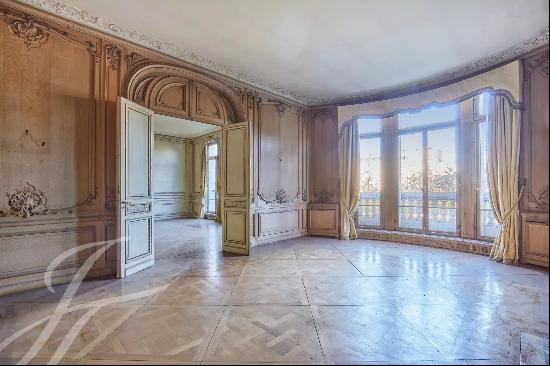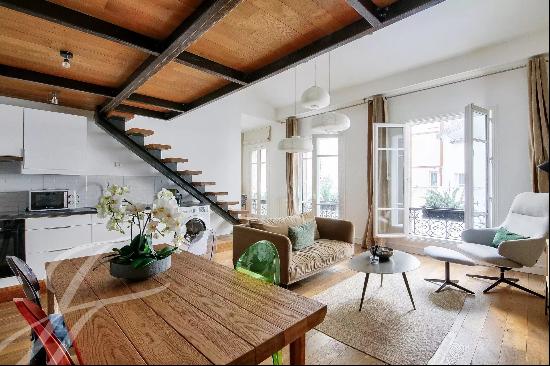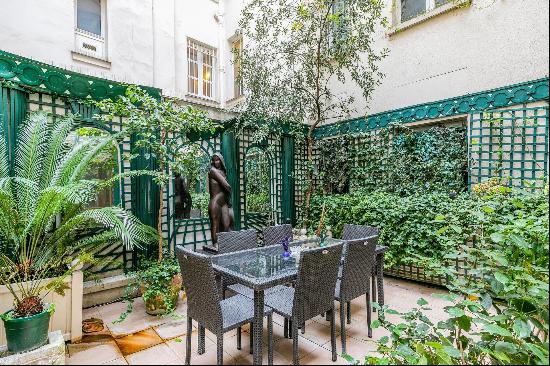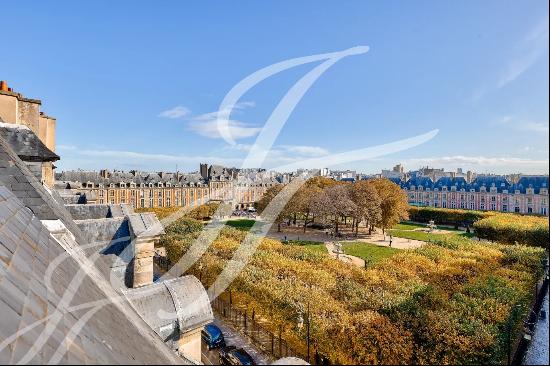
By Eloise Hendy
The only time I’ve been to Paris was to go to Disneyland. I was 10 and harboured a wobbly kneed fear of heights: I refused to go on any roller coasters. My only real memories of the trip are eating Cheestrings on the Eurostar, going on the Pirates of the Caribbean ride three times and drinking hot chocolate at the foot of the Eiffel Tower with my dad as we waited for my mum and brother to come back down.
The French capital has always held a certain fascination for me that is only heightened by my fractured memories as a child. In my adult mind, Paris exists as a fiction more than a reality. I know it at a distance and as a cliché — the city of love and poetry; of haute couture, bohemianism, Serge Gainsbourg and pastries. I know it through accumulated layers of fantasy, in other words, and find it romantic and alluring precisely because it mainly exists in my imagination and, so far, has eluded any attempt to get to know it better; to really get under its skin.
It is a surprise then that the Parisian apartment I find most alluring does so for exactly the opposite reason — because it represents reality surging in, puncturing this fantasy.
Celine’s flat only appears for eight minutes in Before Sunset, Richard Linklater’s 2004 sequel to indie classic Before Sunrise. Yet, as the setting of the final scene, it has an outsized significance. Up until this moment, Before Sunset plays out like an echo. Having reconnected nine years after their first meeting, Jesse (played by Ethan Hawke) and Celine (Julie Delpy) are once again faced with a time limit to their encounter — in Before Sunrise it was Celine’s train back to Paris, now it is Jesse’s flight home to New York.

It is Paris not Vienna that acts as the backdrop this time, but again Jesse and Celine move through a beguiling European city, walking and talking. Then, they go to Celine’s apartment and everything shifts. A dilapidated staircase spirals them up to the top floor, and, for the first time in almost 80 minutes, they are silent. It is the first intimate, private space the pair have entered over the course of the two films. As Celine opens the front door there is an inescapable sense that, unlike the other locations they have visited, this is a destination, not somewhere to pass through.
What is revealed is cluttered and colourful; shabby but self-contained. Kitchen, office, dining, living, bedroom and painting studio, all at once. Stacks of books teeter, paintings are propped up, and postcards and photographs are stuck haphazardly all over the walls and kitchen cabinets. There are an excessive number of lamps and ornaments and vibrant throws.
Aside from the distinctly 2000s music system and boxy television set, this bohemian Parisian garret is exactly the sort of space young artists and writers have inhabited in the city for centuries — or at least how these spaces are rendered in my imagination. It’s eccentric and creative and sensual; warm and messy. Looking at it makes me want to smoke heaps of cigarettes and drink so many cups of coffee it makes my head spin. It makes me want to write terrible poems and stain my lips with red wine and be a cliché.

More than its artistic charm, however, the apartment’s true appeal for me is how it represents the end of romantic intrigue and the start of something deeper, richer, more complicated and real. When I first watched Before Sunset I was in my early twenties; roughly the same age the characters are in Before Sunrise. I remember finding it disappointing. It was the era of the “manic pixie dream girl” — that much-discussed stock character, written as a quirky foil for a brooding and sensitive young male protagonist. Looking at Celine’s apartment and how she witters at her cat in the courtyard — not to mention her notorious Nina Simone impression — I put Celine into my blacklist of whimsical fantasy women, there only to show Jesse how to embrace life’s mysteries and adventures.
Watching it a second time, closer in age to the characters in the sequel, I realised I’d been wrong. Yes, we see Celine’s apartment through Jesse’s eyes, and see how it represents everything he feels his 30-something married life is lacking: freedom, adventure and pleasure. But, I understood it also marks the moment when Celine stops being Jesse’s fantasy woman — existing in his memory and his dreams as a symbol of lost youth — and comes into focus as a fully real person. Sitting on her wonky futon, looking at her childhood photos, rifling through her CDs, Jesse can finally get under Celine’s skin. And isn’t that the most fervent fantasy of all? To invite someone in, reveal the intimate, cluttered parts of yourself, and be truly known?
Photography: Warner Independent Pictures



















